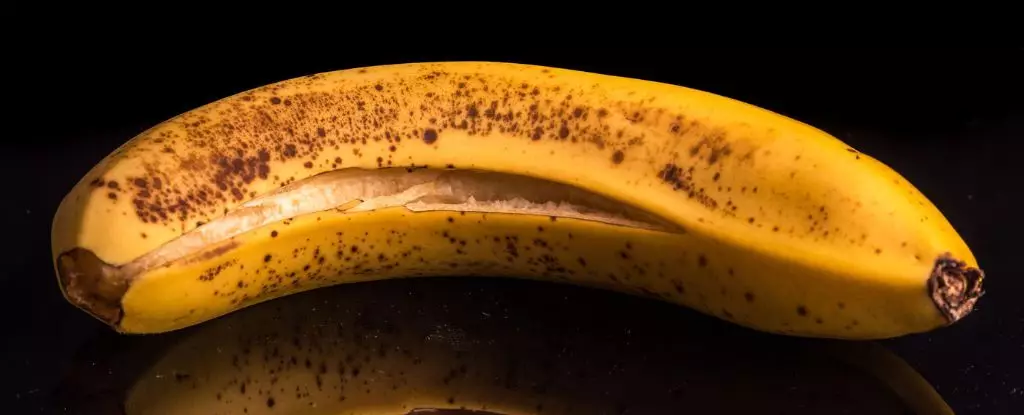In a world increasingly focused on sustainability, the concept of edible waste has become a prominent topic. Among the most frequently discarded food items is the banana peel, often viewed as merely a byproduct of the beloved fruit. However, recent research has illuminated the potential benefits of utilizing banana peels, transforming them from waste into a valuable ingredient. It’s essential to explore how this versatile peel can not only reduce food waste but also enhance our diets.
Banana peels are generally neglected during meal preparations, yet they are rich in essential nutrients. A recent study revealed that when processed—specifically blanched, dried, and ground into a flour—banana peels can be incorporated into various baked goods, rivaling traditional wheat products. While they may sound unsavory to the uninitiated, the nutritional profile of banana peels is impressive; they are particularly rich in fiber, potassium, and magnesium, as well as other antioxidant compounds. By incorporating banana peel flour into our diet, we open ourselves up to numerous health benefits, such as improved gut health and enhanced heart performance.
Baked goods made with banana peel flour have undergone taste tests, where participants noted that they found the flavors comparable to those made without the peel. With a clever balance—around 7.5% banana peel flour in cookie recipes—the results produced a delightful texture and a subtle flavor enhancement, yielding treats that are not only tasty but also nutritious. Yet, an excess of banana peel flour led to denser, darker cookies, indicating the importance of moderation in any new ingredient.
Beyond cookies, the versatility of banana peel flour can be applied to an array of culinary endeavors. Researchers have suggested that exploring recipes for breads, cakes, and even pasta by substituting wheat flour with banana peel flour could revolutionize home baking and cooking. The recent excitement surrounding a banana peel cake demonstrates that culinary experimentation can yield both flavor and nutritional benefits—a sweet win-win for any cook.
For those looking to delve deeper into the culinary uses of banana peels, the possibilities are vast. Influential chefs and food bloggers have begun to showcase inventive recipes rooted in this underappreciated ingredient. For instance, famed chef Nigella Lawson has successfully incorporated banana peels into savory dishes such as curry. Meanwhile, the vegan community has popularized unique concepts like banana peel bacon and pulled peel ‘pork’, showcasing the peel’s adaptability and further broadening our culinary horizons.
This shift in perspective not only emphasizes the health benefits but also shines a light on the pressing issue of food waste. Approximately 40% of a banana’s total weight comes from its peel, which is frequently discarded despite its nutrient density. By embracing the entire fruit, we take a significant step toward more sustainable eating practices.
The antioxidant and antimicrobial properties of banana peels extend beyond just enriching our diets. Some studies suggest that incorporating peels into various products could potentially prolong shelf life due to their natural preservation capabilities. The application of these properties extends to other fruit peels, such as mango skin, which have also been shown to enhance both the flavor and the antioxidant content of baked goods.
As more people become aware of the nutritional and environmental advantages of using banana peels, it is crucial to challenge our traditional perceptions of food waste. By embracing these often-overlooked ingredients, we can create delicious, health-boosting meals and reduce our ecological footprint. So, the next time you enjoy a banana, consider saving the peel—it might just become the next star in your kitchen, leading to innovative recipes that nourish both body and planet. Embracing banana peels is not just about filling our bellies; it’s a step toward mindful eating and sustainable living.



Leave a Reply